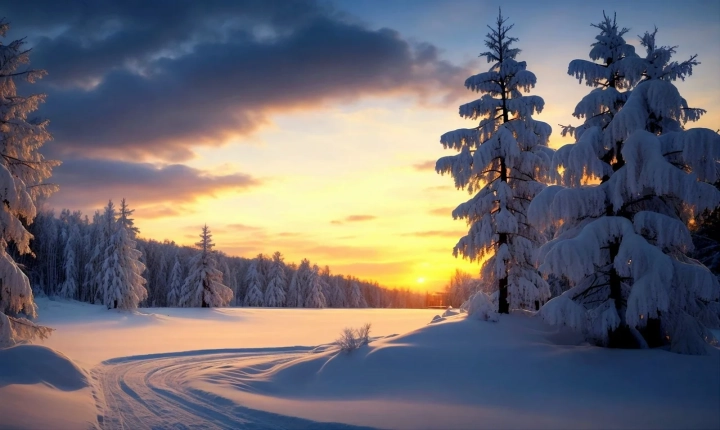Title: Exploring the Impact of AI on Artists: Redefining Creativity and Collaboration
Artificial Intelligence (AI) has emerged as a transformative force in nearly every industry, and the world of art is no exception. For artists, AI presents a paradigm shift in the way they create, collaborate, and interact with their work. From generating new forms of art to streamlining the creative process, AI is reshaping the artistic landscape in profound ways.
One of the most significant impacts of AI on artists is the augmentation of creativity and inspiration. With the advent of AI-driven tools such as generative adversarial networks (GANs) and deep learning algorithms, artists can now explore new dimensions of creativity. These technologies facilitate the generation of novel art forms, styles, and visual patterns that can inspire and inform the creative process. For instance, AI can analyze vast datasets of art history, styles, and techniques, and generate new, unexpected combinations that challenge traditional artistic boundaries.
Moreover, AI has also redefined collaboration in the art world, offering artists an opportunity to work alongside intelligent systems. By leveraging AI, artists can streamline repetitive tasks, such as color selection, image manipulation, or pattern recognition, allowing them to focus more on the conceptual and expressive aspects of their work. This symbiotic relationship between AI and artists has the potential to push the boundaries of traditional artistic practices, facilitating unprecedented forms of expression and experimentation.
Furthermore, the integration of AI in art has contributed to the democratization of creative tools and techniques. AI-powered software and platforms enable artists to access a wide range of tools, from style transfer and image generation to virtual art assistants, regardless of their technical expertise. This accessibility empowers artists to explore and experiment with AI-driven art creation, blurring the lines between traditional and digital mediums.
However, the rise of AI in art also sparks conversations about the ethical and philosophical implications of machine-generated art. Questions around authorship, authenticity, and the nature of creativity have emerged as AI becomes more deeply integrated into the art world. Some argue that art created with AI lacks the emotional and intellectual depth of human-created art, while others see it as a means to expand the repertoire of artistic expression.
As technology continues to evolve, it is essential for artists to embrace AI as a tool for exploration, collaboration, and innovation. AI should be viewed as a catalyst for sparking new ideas and pushing creative boundaries, rather than a threat to traditional artistic practices. By embracing AI, artists have the opportunity to redefine what it means to create and engage with art in the twenty-first century.
In conclusion, AI holds vast potential for artists, offering new avenues for creative expression, collaboration, and experimentation. As artists navigate this evolving landscape, they have the opportunity to leverage AI as a powerful tool to inspire, innovate, and shape the future of art. Ultimately, the convergence of AI and art holds the promise of expanding the horizons of creativity and challenging the very definition of what it means to be an artist in the digital age.
